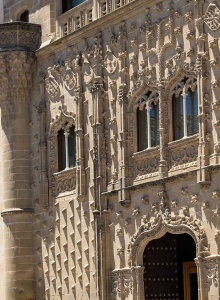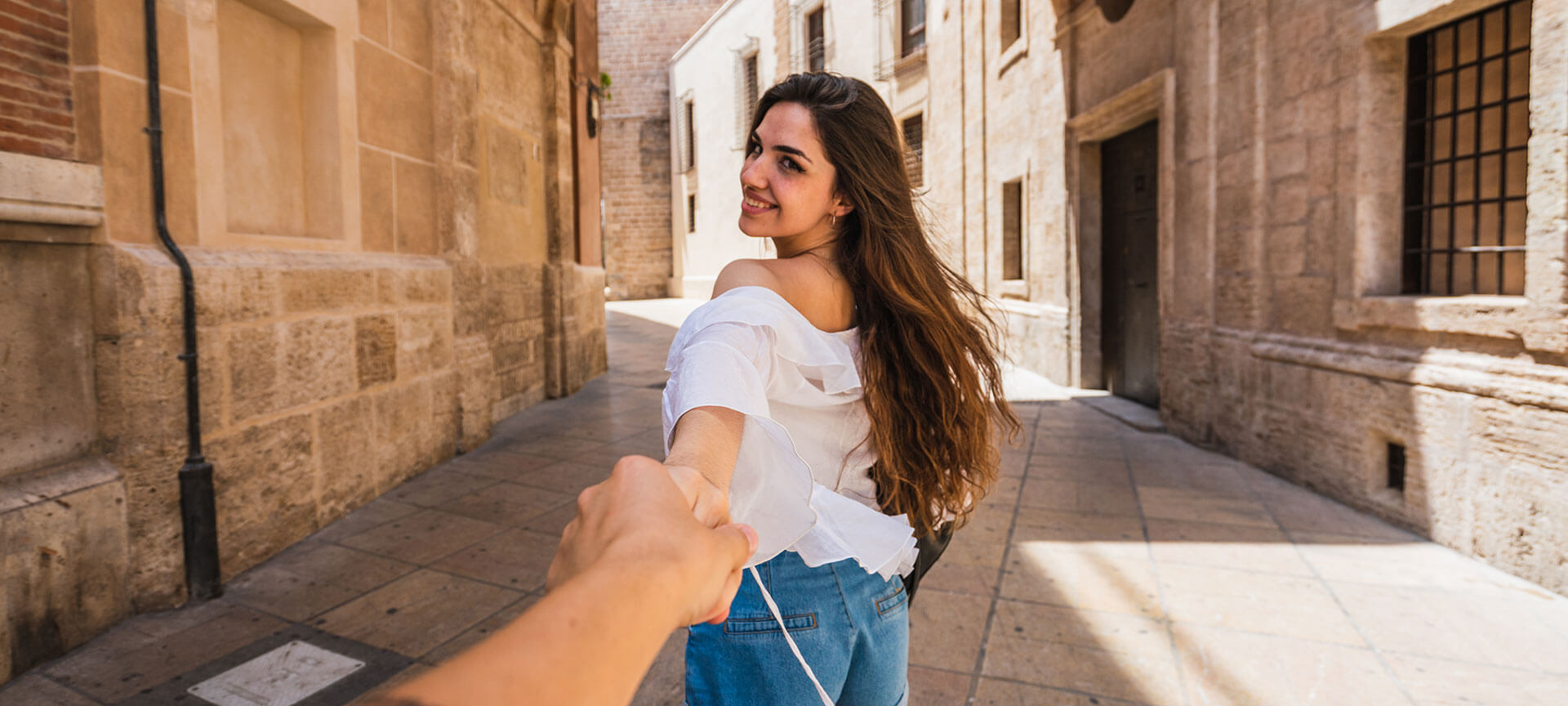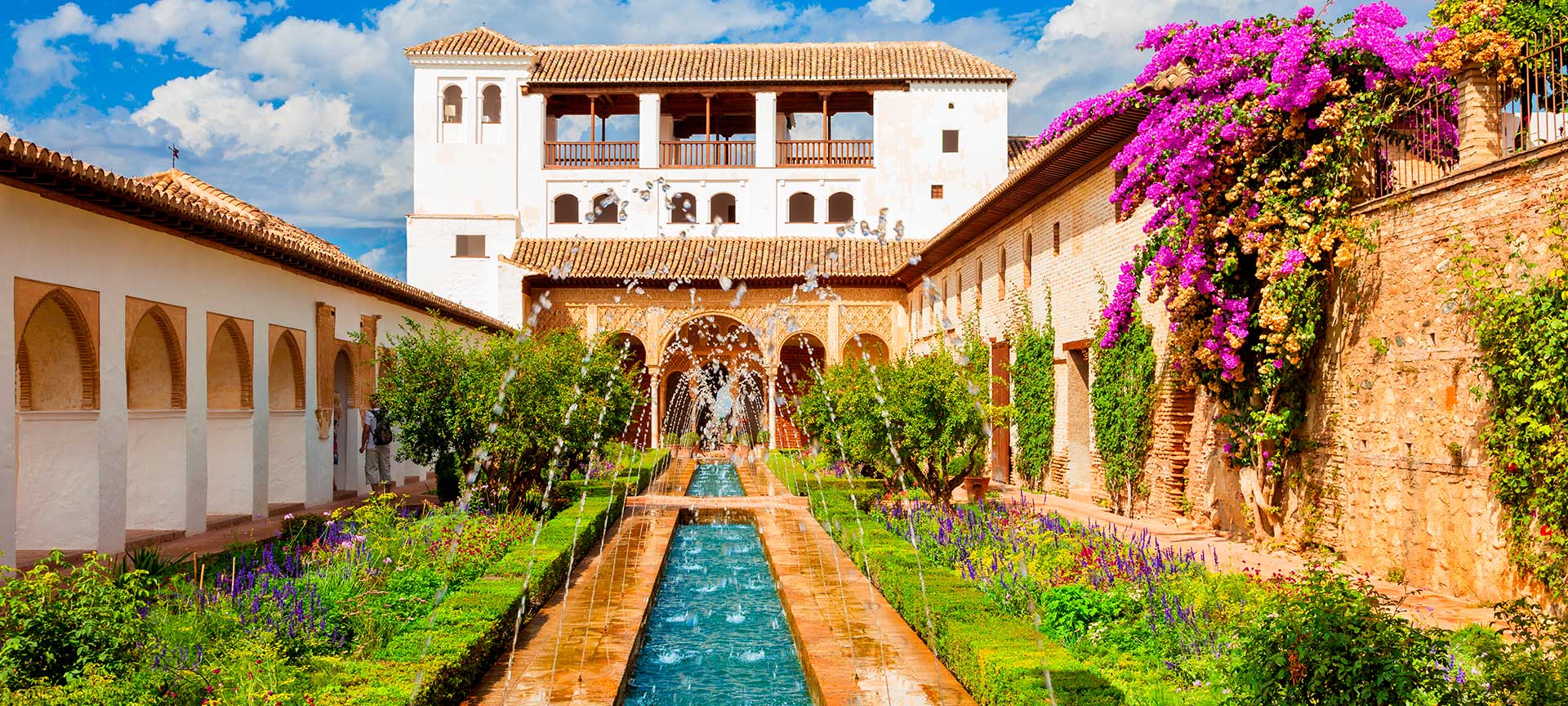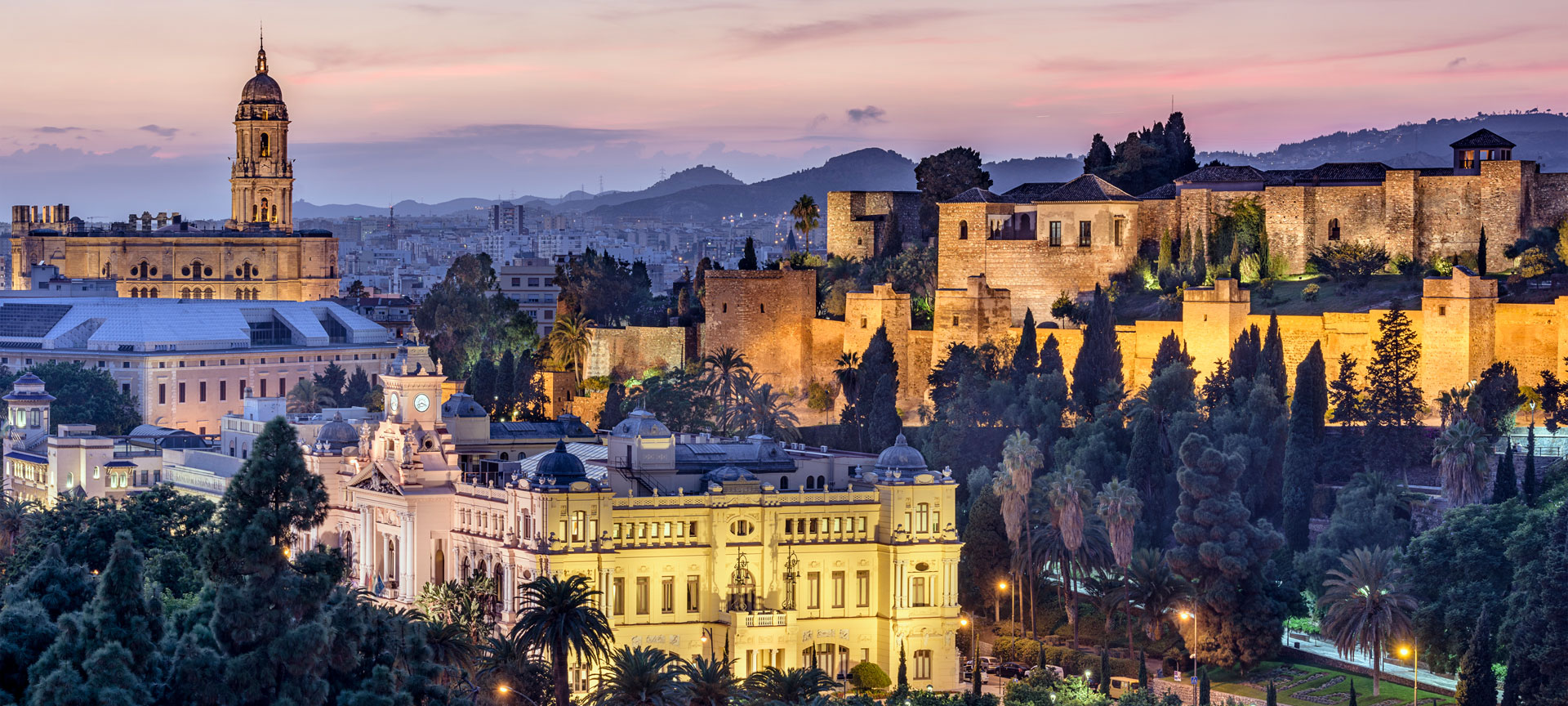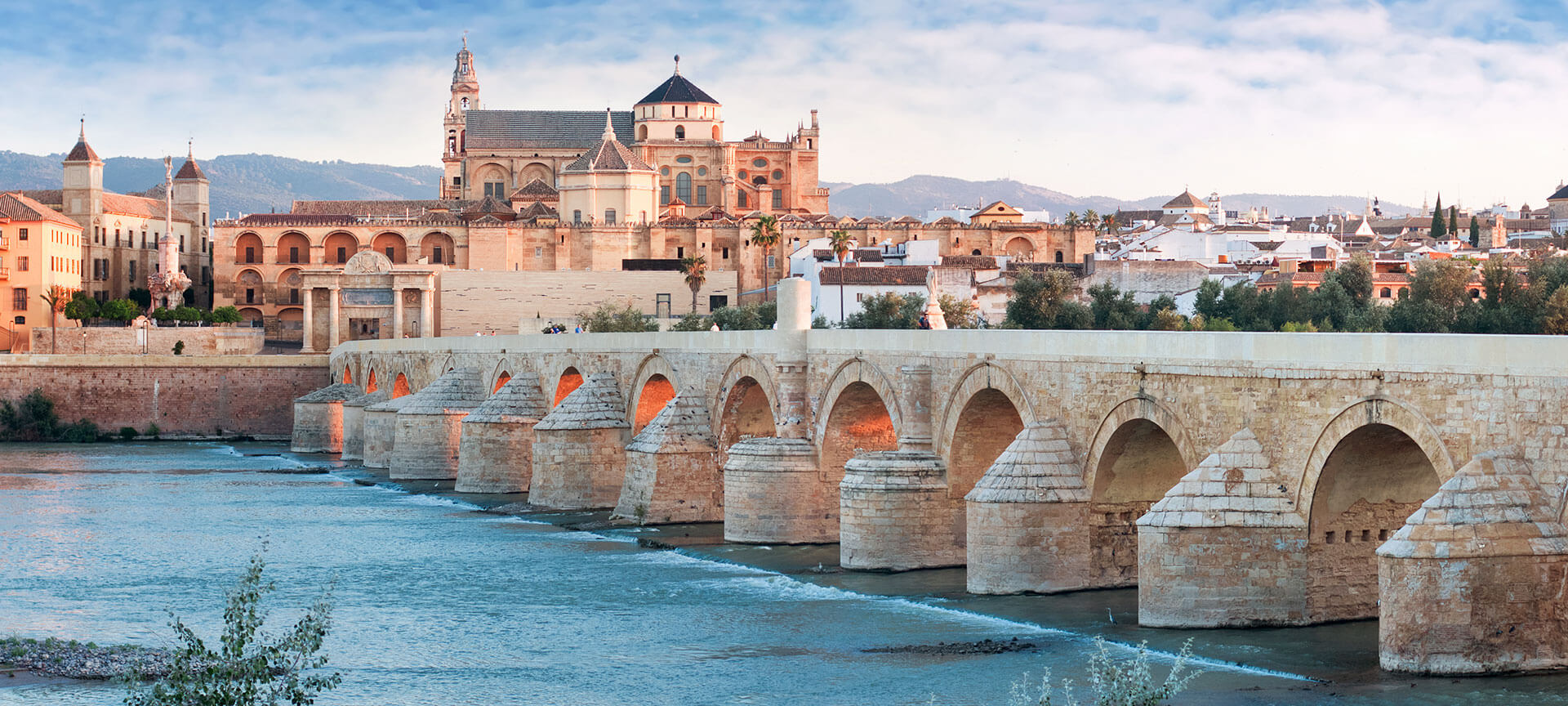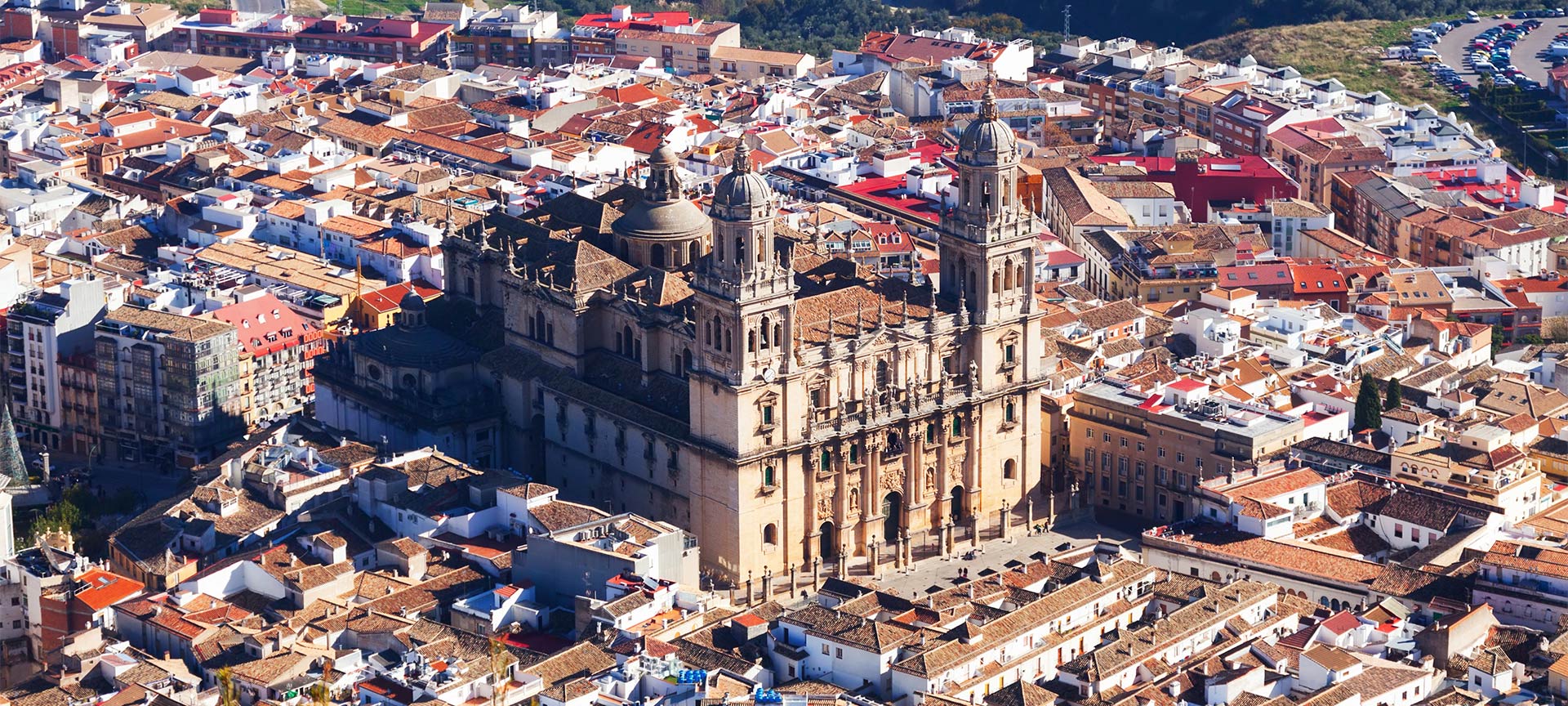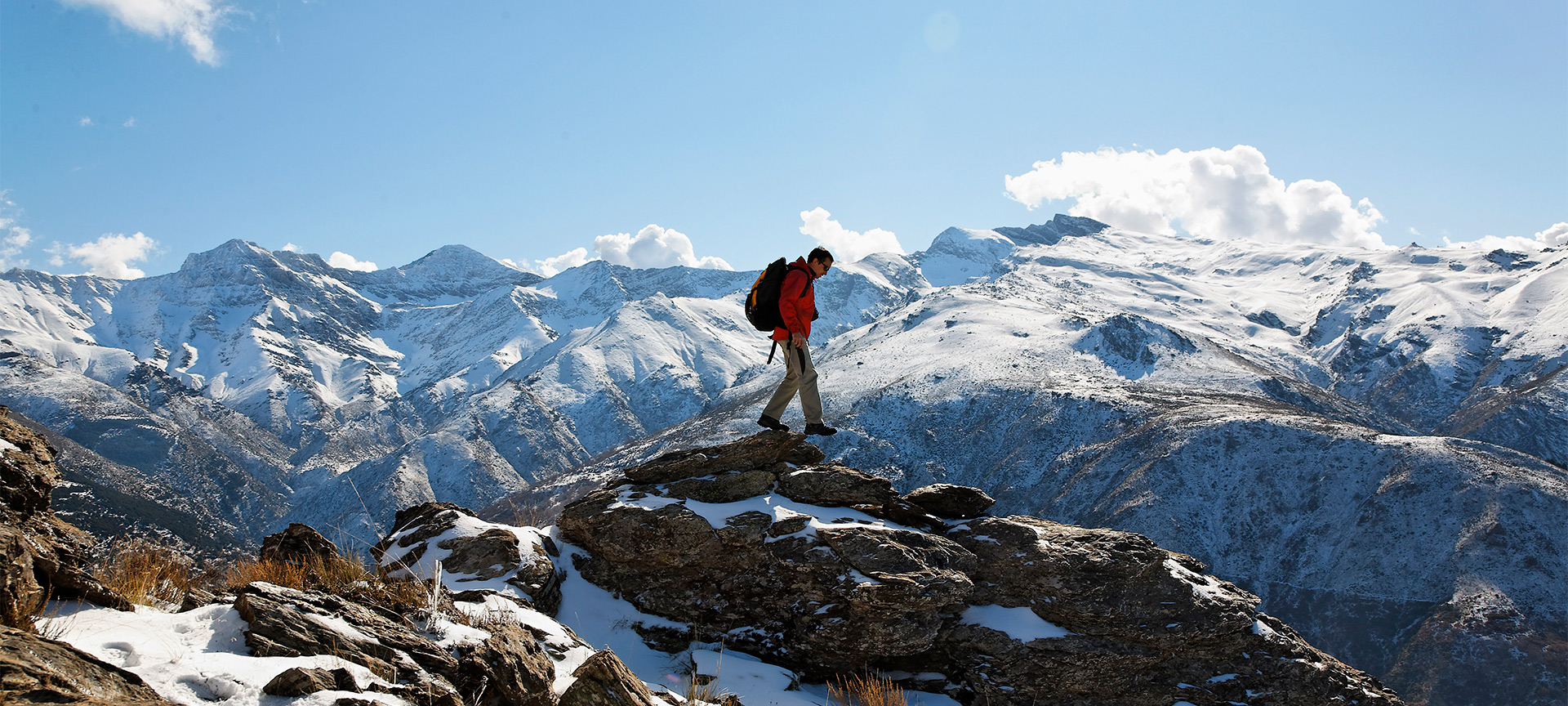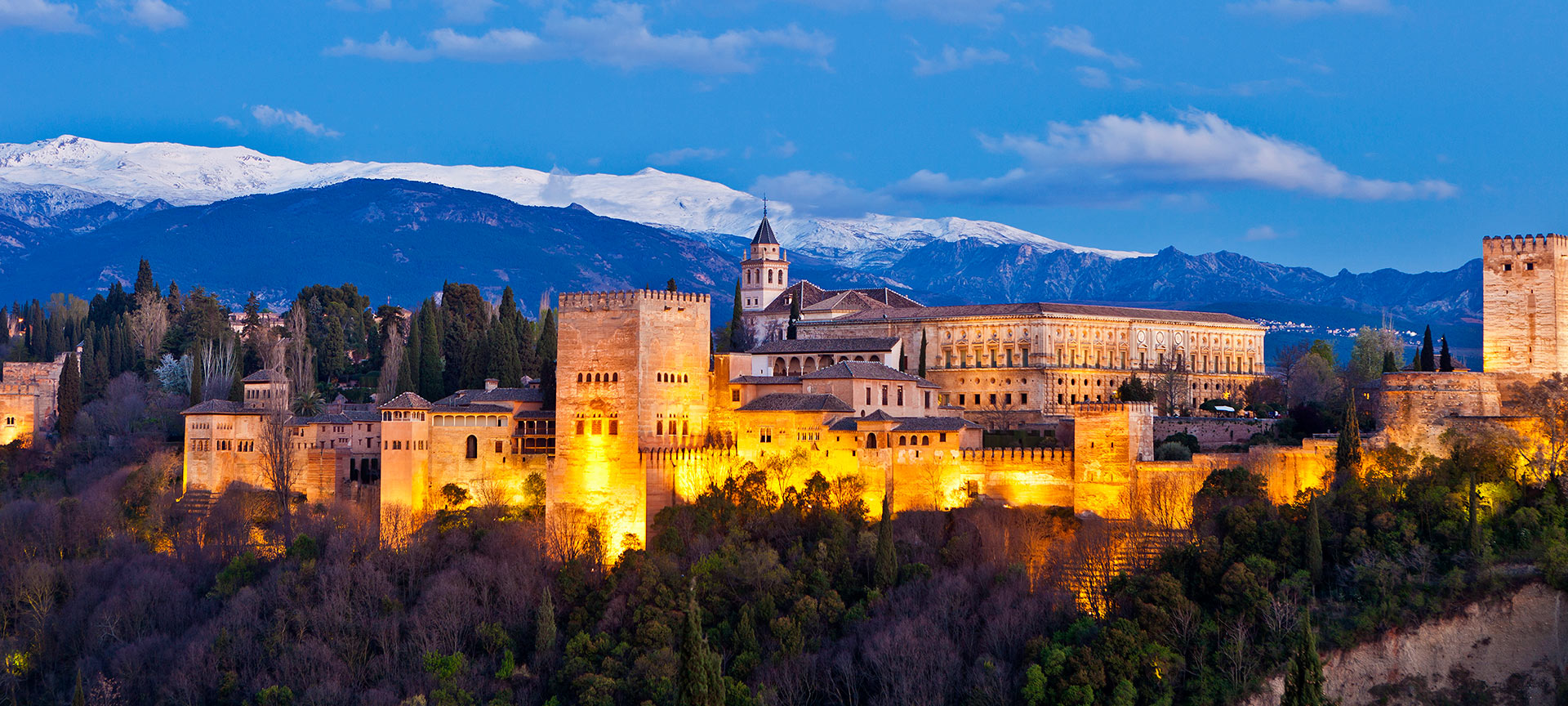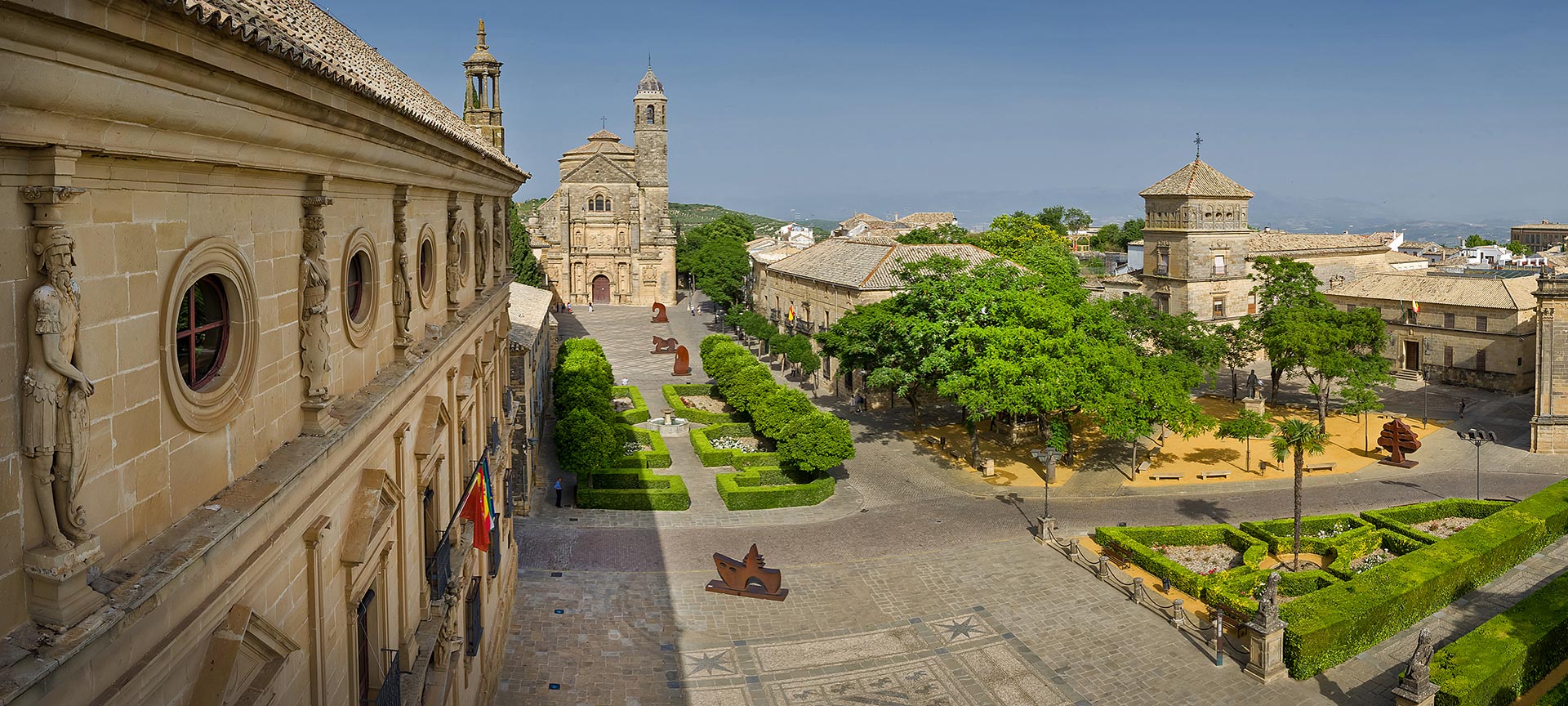
Baeza is in the province of Jaén, where some of the world’s finest olive oil is produced.
The city stands in a vast sea of olive groves, and its cobbled streets boast some of Europe’s best-conserved Renaissance buildings. Along with its sister city Úbeda, it forms part of a World Heritage site. An essential destination which evokes other times.
What to visit
Select from the list or hover over the map to find out about points of interest.
Activa JS
Travel plans for inspiring you
How to get there - transport information
Select the means of transport to see how to get there or how to get around at your destination.
How to get to aeroplane
-
Federico García Lorca Granada Airport. About 140 kilometres away.More information
-
Malaga – Costa del Sol Airport. About 250 kilometres away.More information
How to get to train
-
The Linares-Baeza train station is located around 15 kilometres from Baeza.
-
There are direct trains to Madrid (from 3hr 15min), Seville (around 2hr 45min) and Malaga (around 2hr 40min), among other destinations.
-
To get to Baeza from the station you can take a direct bus (the journey takes around 25 minutes) or through Úbeda (about an hour).
-
The AVE high-speed railway station in Cordoba is around 150 kilometres away.
How to get to bus
-
The bus station is just a kilometre from Plaza de Santa María, next to the city’s old town.
-
There are direct routes to destinations such as Úbeda (around 15 minutes), Granada (around 1 hr 30 min), Malaga (around 3 hr 30 min) or Madrid (just under 4 hours), among others.
How to get there by road
-
From Madrid, via the A-32 and then the A-4.
-
From Seville, via the A-32 and then the A-4.
-
From Malaga, via the A-44 and then the A-92.
How to get around in bus
-
There is a bus route that covers Baeza, but it is only recommendable to visit the part of the city beyond the old town.
-
They run from 8 am to around 8.30 pm.
How to get around in other means of transport
-
The best way to get around the old town centre is on foot.
-
Baeza taxis are white with a maroon diagonal stripe on the door. There are two taxi ranks: one at the bus station and another in Plaza de España.
-
The city can easily be covered by bike, although you need to take into account that there are some fairly difficult slopes and most streets are cobblestoned. There is also an 8.5-kilometre cycle lane that connects Baeza and Úbeda, highly recommended if you like cycling.


